Time Periods
Paleolithic
Mesolithic
Neolithic
Chalcolithic
Bronze Age
Iron Age
Classical Period
Post-Classical Period
Early Modern Period
Industrial Period
Contemporary Period
Time Periods
Paleolithic
Mesolithic
Neolithic
Chalcolithic
Bronze Age
Iron Age
Classical Period
Post-Classical Period
Early Modern Period
Industrial Period
Contemporary Period
Location
About
Hazar Merd is a significant Paleolithic archaeological site located in the Kurdistan Region of Iraq. Excavated by Dorothy Garrod in 1928, the site consists of a group of caves, including the Dark Cave, which features a single lofty chamber measuring 11 by 12 meters. The cave's stratigraphy is notable for its thick Mousterian layer, which is over 3 meters thick and contains numerous hearths, burnt flints, and bones. The stone tool assemblage is characterized by the presence of side scrapers and Mousterian points, although there is no evidence of the Levallois technique. The faunal remains suggest a mixed environment similar to the present day, with evidence of various animal species. Hazar Merd, along with Shanidar Cave, represents one of the few excavated Middle Paleolithic sites in Iraqi Kurdistan, providing valuable insights into the prehistoric occupation and environmental conditions of the region.
Gallery
Explore photographs of ancient structures, artifacts, and archaeological excavations at Hazar Merd Cave
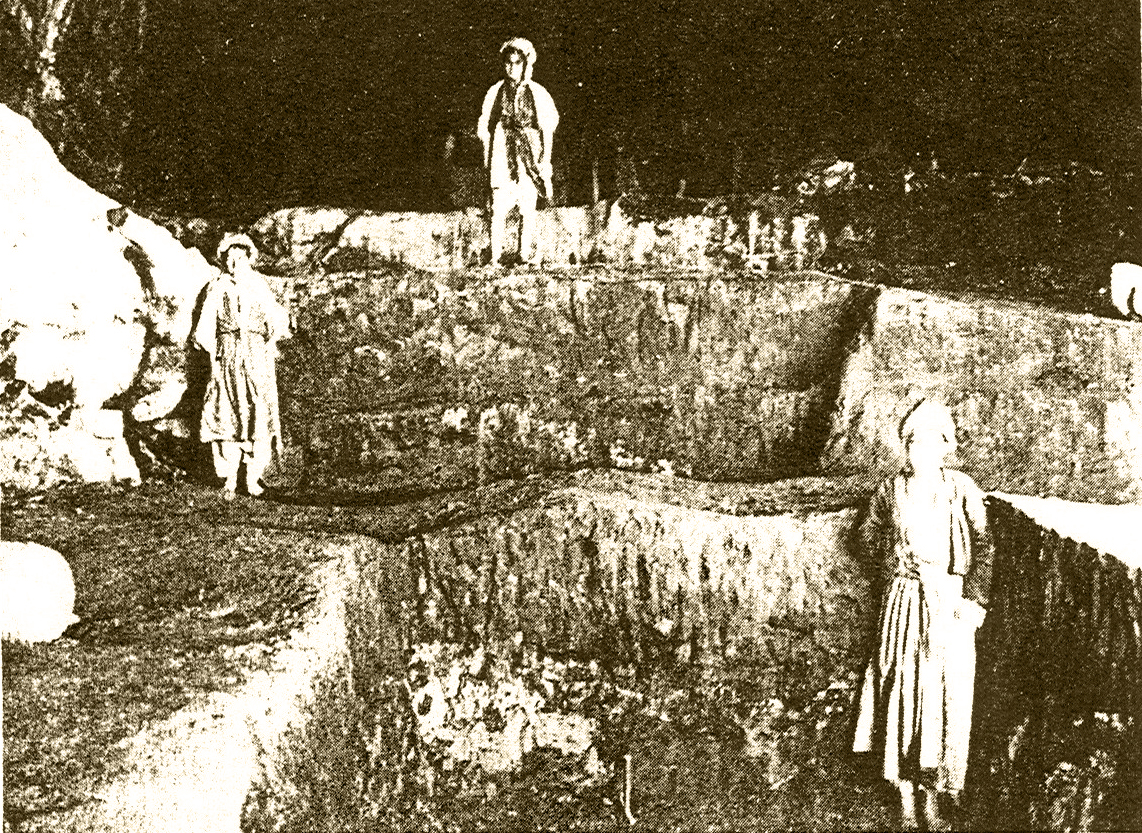
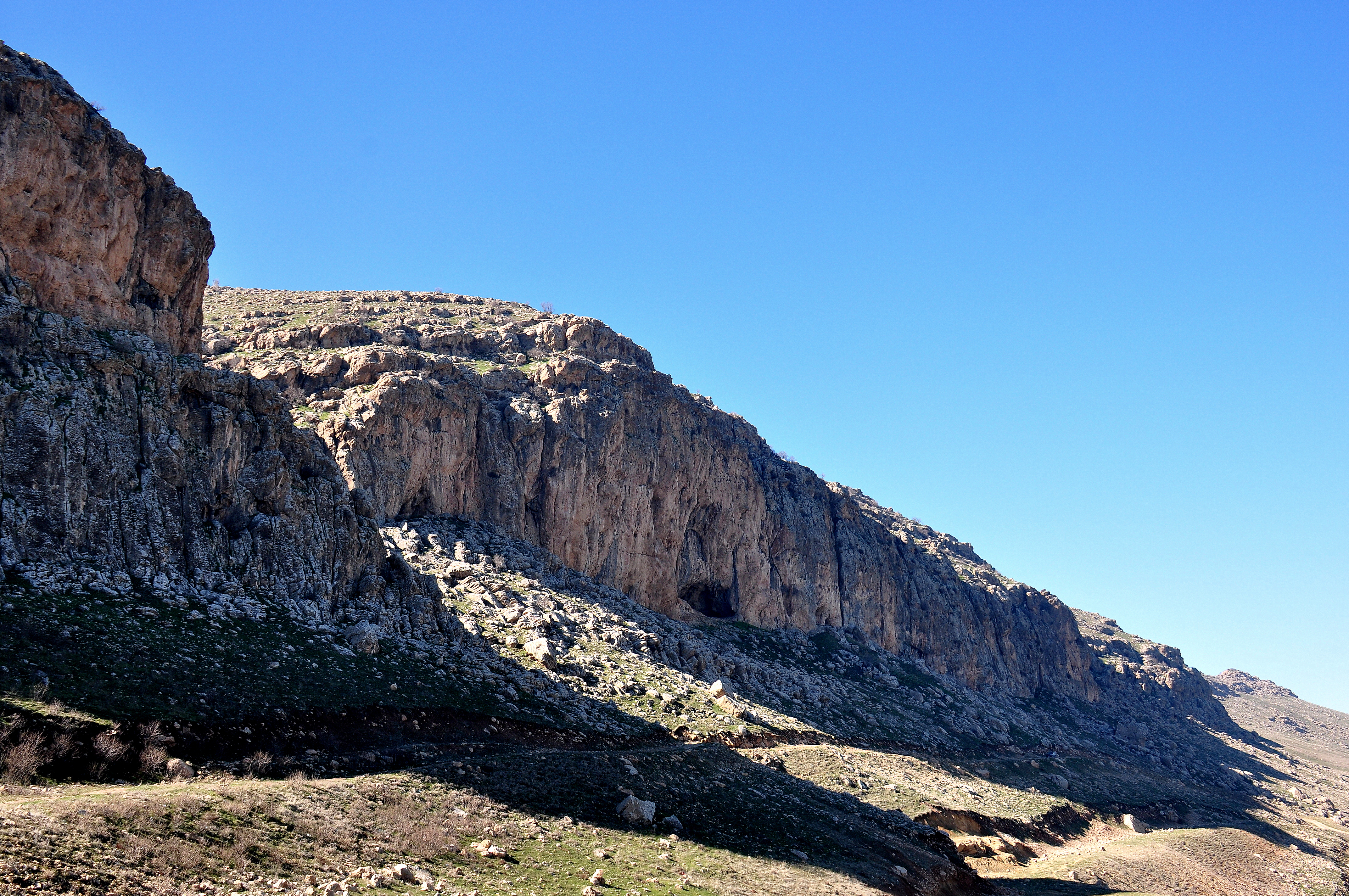
Archaeological Features
Explore the unique architectural and cultural elements found at this historical site
Domestic and Habitation Structures
Environmental and Natural Features
Food Production and Processing Features
Historical Timeline
Journey through time and discover key events in this site's archaeological history
Plan Your Visit
Details
- Country
- Iraq
- Source
- Wikipedia
More Sites in Iraq
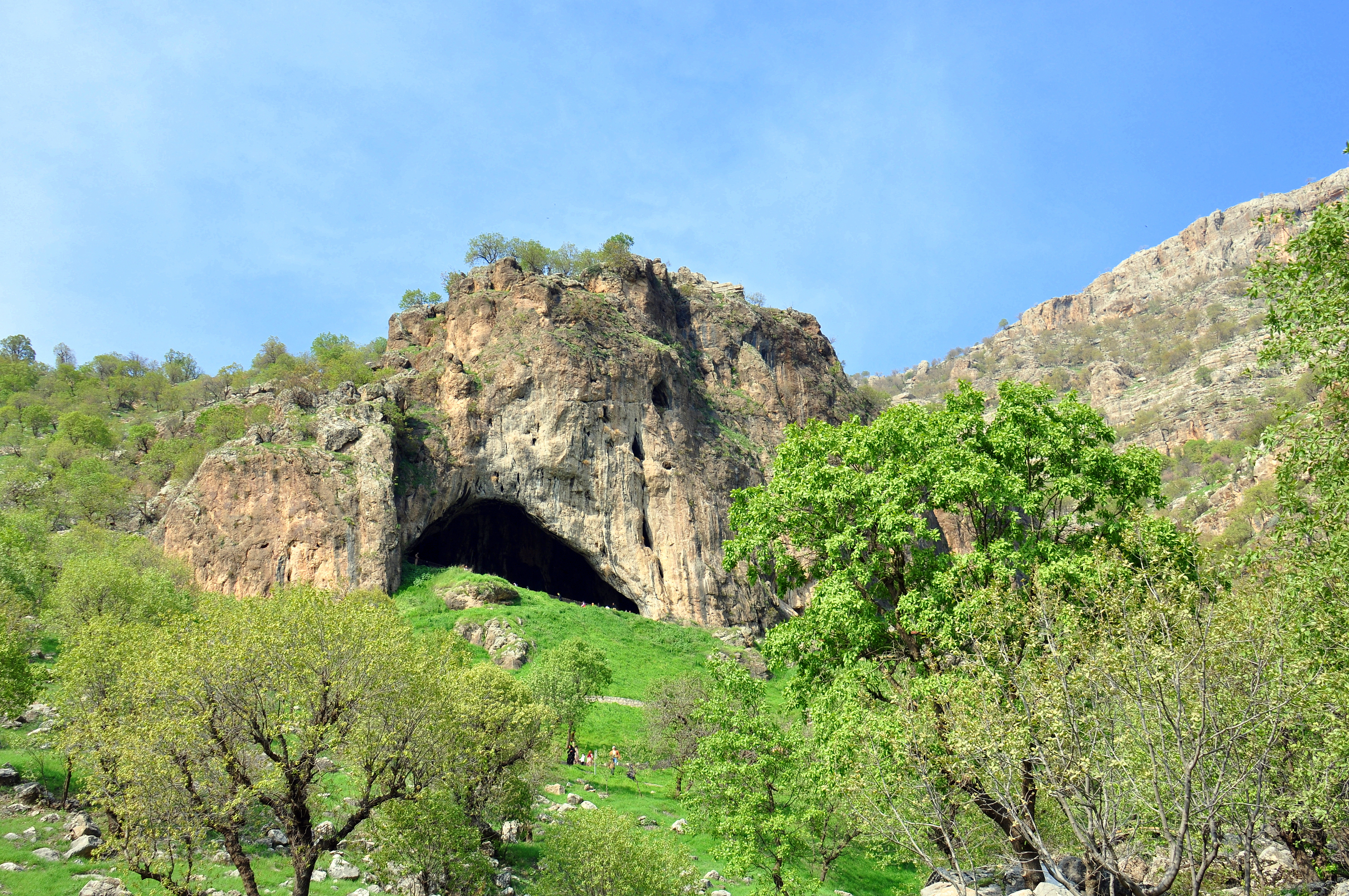
Shanidar Cave
Large cave with Neanderthal burials

Nimrud
Ancient Assyrian city with palaces and ziggurat
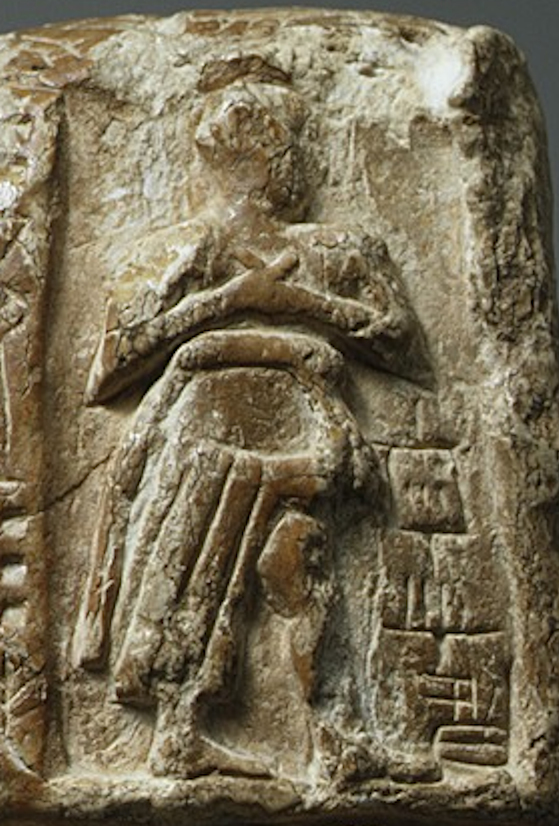
Larsa
Explore this archaeological site.
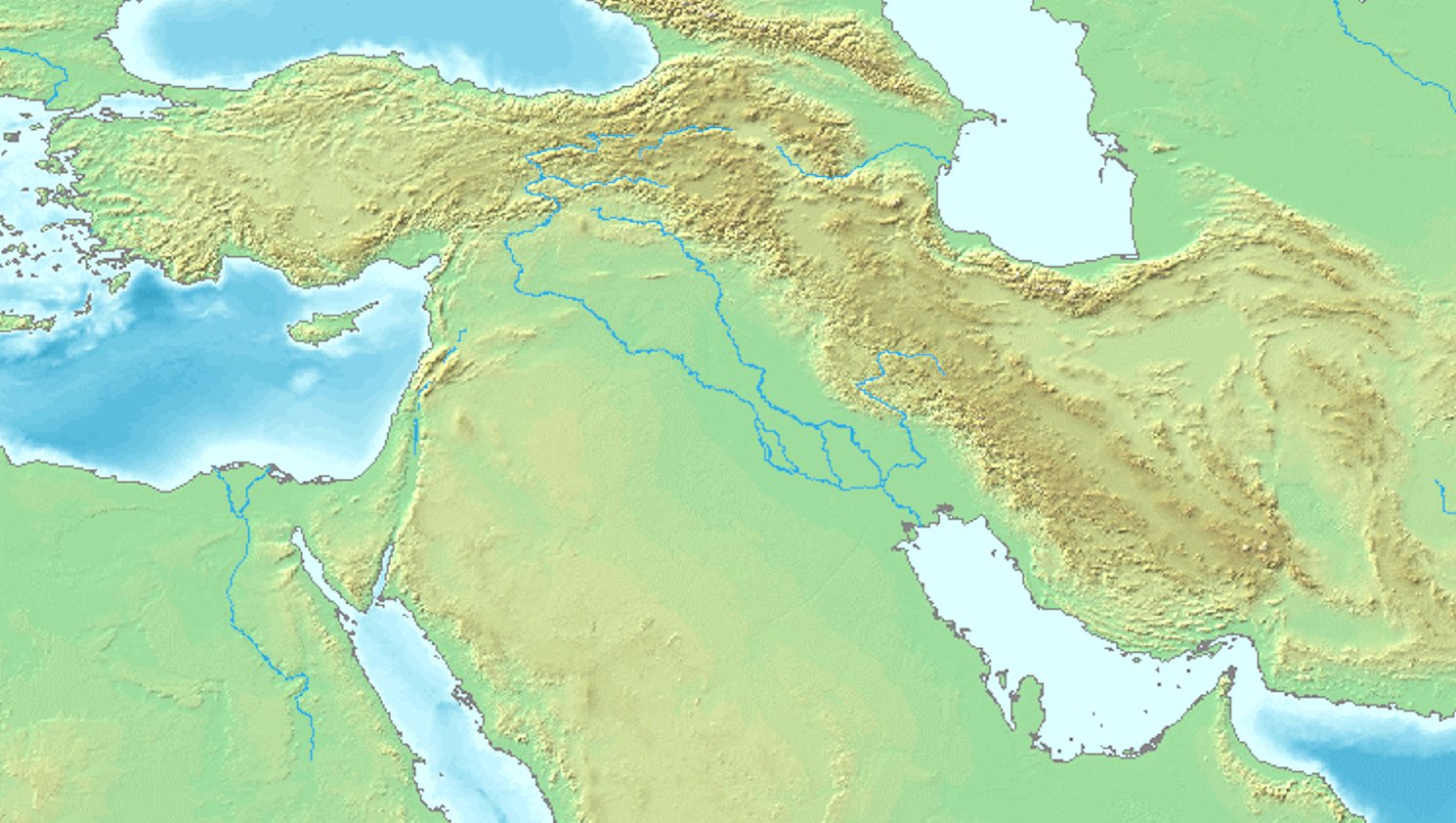
Tell al-Dhiba'i
Rectangular mounds, Old Babylonian artifacts

Uruk
Ancient Sumerian city with monumental structures
Tell Shemshara
Ancient settlement with diverse occupation layers.
